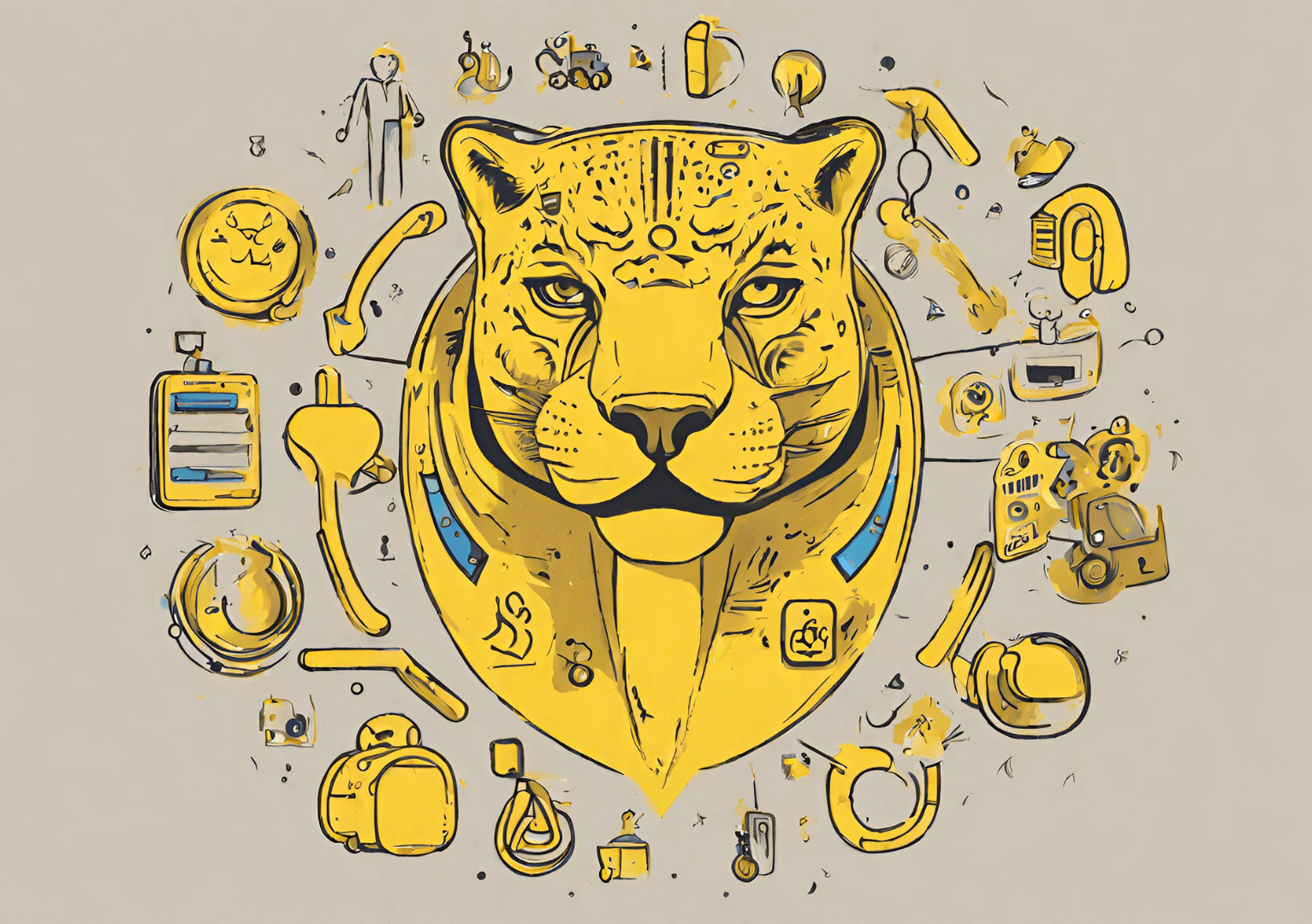12 Jan 2024
Creating inclusive and accessible user experiences and user interfaces unfortunately remains an afterthought for many during the design and development process, leaving 1.3 billion individuals with disabilities behind. Only 3% of websites achieve full accessibility, with a mere 2.2% complying with WCAG 2.1. The global market for people with disabilities exceeds £15 trillion. Yellow Panther advocates for a proactive approach, integrating the following tools and strategies to ensure equal opportunities for all users.
Strategies for Enhancing Accessibility:
Contrast and Colour Choices:
Use sufficient colour contrast to make text and interactive elements distinguishable.
Avoid relying solely on colour to convey information; use additional cues such as text labels or icons.
Colour Contrast Checkers:
Tools like Contrast Checker and Stark help designers assess and adjust colour contrast for improved readability.
Readable Typography:
Choose readable fonts with clear spacing between characters.
Allow users to adjust font size without breaking the layout.
WAVE (Web Accessibility Evaluation Tool):
A browser extension that identifies accessibility issues in web content and provides suggestions for improvement.
Keyboard Accessibility:
Design interfaces that can be navigated using a keyboard alone.
Ensure that interactive elements are focusable and operable with the keyboard.
Alternative Text for Images:
Provide descriptive alt text for images to convey their content to users who rely on screen readers.
Avoid using images of text; use actual text whenever possible.
Screen Readers:
Use screen readers such as VoiceOver (iOS/Mac), TalkBack (Android), and NVDA (Windows) to experience designs from the perspective of users with visual impairments.
Another powerful tool that we recommend to all of our clients is accessiBe, which has a range of features that, when plugged in to a website, can adapt it depending on a users needs.
Prioritising accessibility in UX/UI design not only aligns with ethical design principles but also enhances the overall user experience for a diverse audience.

